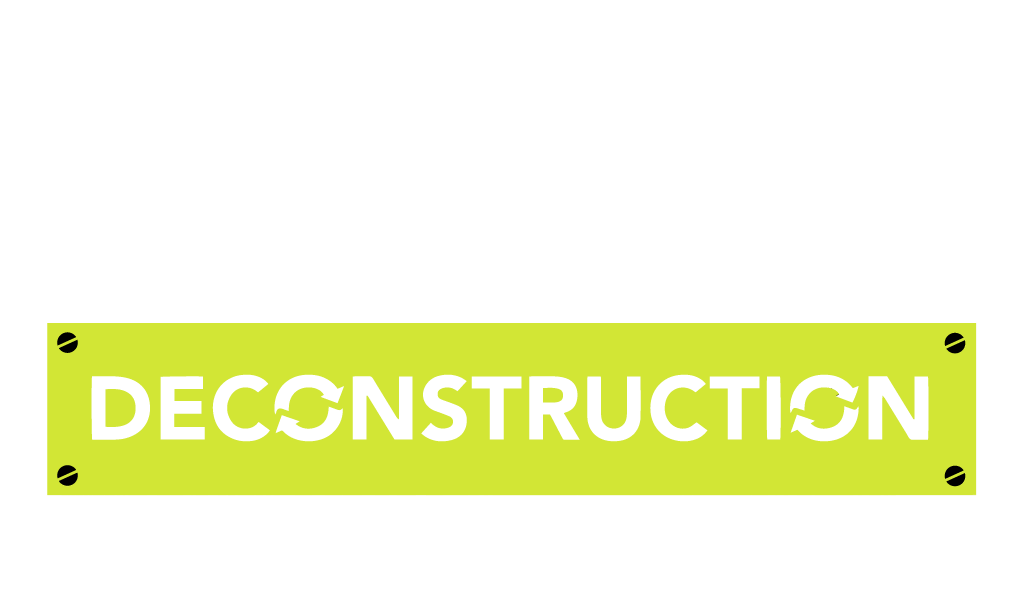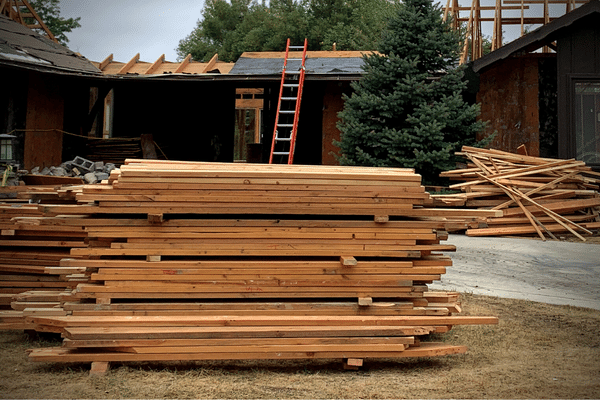What is reclaimed wood?
FAQs and why you need this low-cost, super green material for your next home renovation project
Reclaimed wood has made a resurgence as of late, with the aesthetic being a trend that is gracing flooring, fireplaces, stairs, and even walls. But reclaimed wood isn’t just about the look: Using it for your next house renovation project can be key to making the job easier on the environment and on your wallet.
What is reclaimed lumber?
Reclaimed lumber is wood that has been carefully salvaged and removed from a building, home, barn, or other structure that is being demolished or deconstructed in order to be reused or repurposed for new building applications. The wood is typically salvaged by professionals who are trained to keep the quality of the wood intact. It can include anything from planks from an old barn to unwanted hardwood flooring to decades-old old growth trusses and beams.
How is the quality of reclaimed lumber different from that of virgin lumber?
Reclaimed lumber can often be sturdier than the new, virgin lumber often found at hardware stores. Old homes were commonly constructed from old growth trees, which are trees that have grown over hundreds of years. The additional time leads to additional rings, which make for sturdier, denser wood. This is in contrast to virgin lumber, which often comes from tree farms that harvest trees that are much younger and therefore not as strong.
One of the perks of seeking and using reclaimed lumber is that you’ll never quite know what you’ll find. As deconstruction experts who work along the Front Range and throughout Denver, we’ve come across incredible finds like 25-foot-long Douglas Fir beams that you can hardly find these days. This allows homeowners and builders to use rare or exotic wood types without the guilt or carbon footprint associated with extracting and harvesting these resources from the environment.
Roof deconstruction project, our team de-nailed lumber on site and palletized it for the general contractor to reuse for his new construction project.
Why use reclaimed lumber?
If you care about the environment, using reclaimed lumber for your home or building renovation is a no-brainer. Reclaimed wood is the perfect, sustainable solution to virgin wood found in lumber yards, which typically come from tree farms that live where old growth forests once stood.
By purchasing reclaimed wood, you are also increasing the demand for the used material, thereby encouraging deconstruction practices that preserve wood instead of burying it in a landfill.
Reclaimed lumber is often more resistant to decay and more durable too! A structural engineer recently told us that a 2x4 from the 1960’s is stronger than a 2x6 that you purchase from Home Depot today.
How deconstruction services support the used lumber market
When you use a deconstruction service to reclaim the wood from your site, or when you purchase reclaimed wood instead of virgin lumber, you lessen our dependence on finite natural resources and avoid contributing to clearcutting practices that contribute to climate change and are harmful to natural environments and native peoples. Deconstruction practices also preserve highly-valuable old growth wood from several decades or centuries ago.
The Canadian boreal forest, the world's largest remaining intact forest, is being lost at a rate of 1 million acres per year. That's the equivalent of one and a half football fields every minute.
Did you know? There are 44 trees worth of wood in an average-sized home.
Reclaimed wood is an equitable construction option
Using reclaimed wood also helps build a local circular economy, where the value of materials are preserved for as long as possible and materials are recirculated and reused instead of buried in a landfill. Reclaimed lumber is oftentimes more affordable and thereby more accessible to those of varying socio-economic backgrounds. Many of our customers visit our Warehouse to find deals and savings for their latest remodeling projects, and they get excited by the unique character that many reclaimed building materials bring.
Facts and Statistics
In 2018, wood was the largest source of construction and demolition (C&D) waste in landfills after concrete. – U.S. Environmental Protection Agency
Reusing 85 tons of lumber reduces greenhouse gas emissions by 37 Metric Tons of Carbon Equivalent (MTCE) — roughly the amount emitted annually by 30 cars. – U.S. Environmental Protection Agency
The energy consumed in producing virgin compared to reclaimed framing lumber and wood flooring was about 11 and 13 times greater, respectively. The Global Warming Potential was about 3 and 5 times greater, respectively. These results indicate that reclaimed framing lumber and wood flooring have a significantly lower environmental impact than their two virgin alternatives. – Forest Service, U.S. Department of Agriculture
Deconstruction employs 4-5 more people per thousand square feet than demolition. Reuse employs 61 more people at 10,000 TPY than landfilling. – U.S. Environmental Protection Agency
Deconstruction and reuse build our local resiliency and ability to cope with natural disasters and changes in global trade. – EPA
Fact 4: More than 90% of C&D debris comes from demolition projects, while new construction accounts for less than 10%. – U.S. Environmental Protection Agency
Sustainable Materials Management (SMM) creates jobs: In 2012, reuse and recycling activities accounted for 681,000 jobs – U.S. Environmental Protection Agency
Support the reclaimed lumber market in Denver, Colorado
Sign up for email alerts from our own Perks Deconstruction Warehouse, where we sell reclaimed lumber, flooring, and more. By appointment only. Learn more about the Warehouse.
You can also help grow the used lumber market by choosing deconstruction services over demolition with your next home renovation project. If you’re in the Boulder/Denver Metro area and need deconstruction services, we’d love to talk to you! Give us a call at (720) 588-3740, or learn more about our services here.



